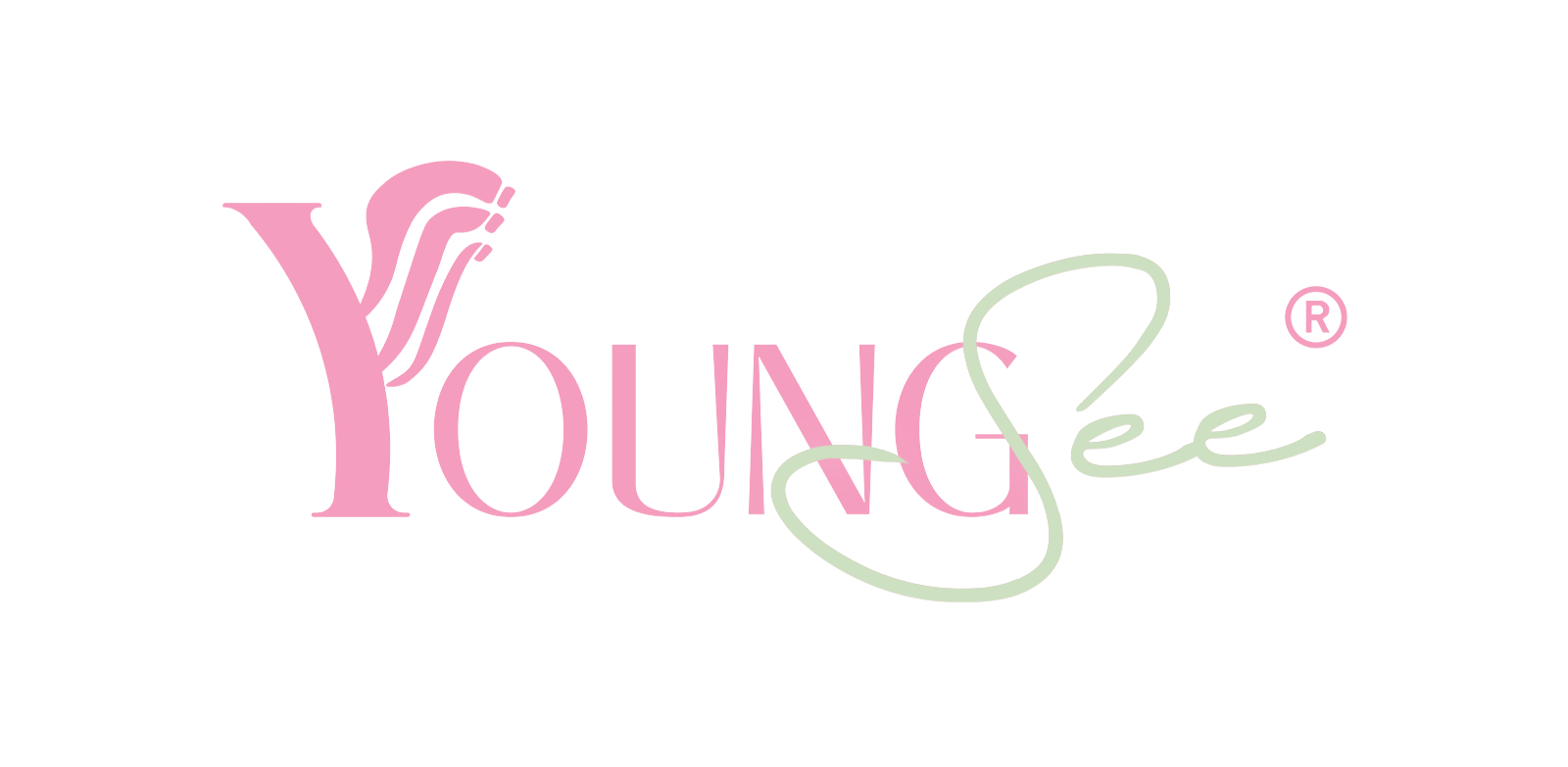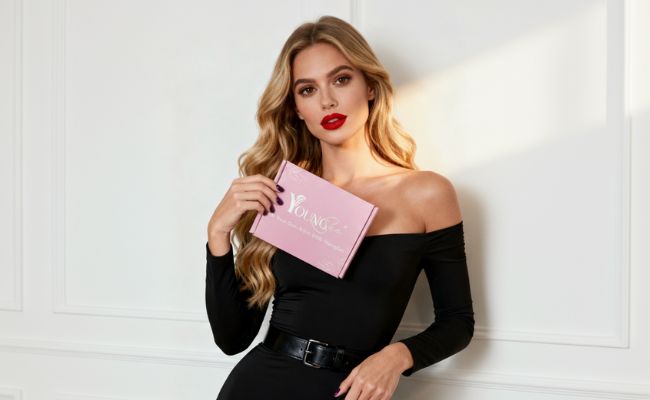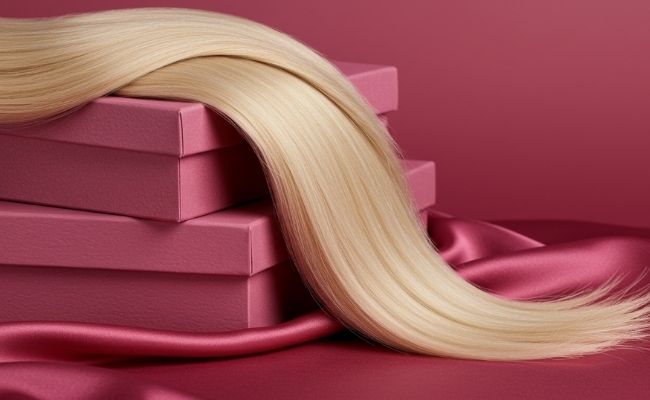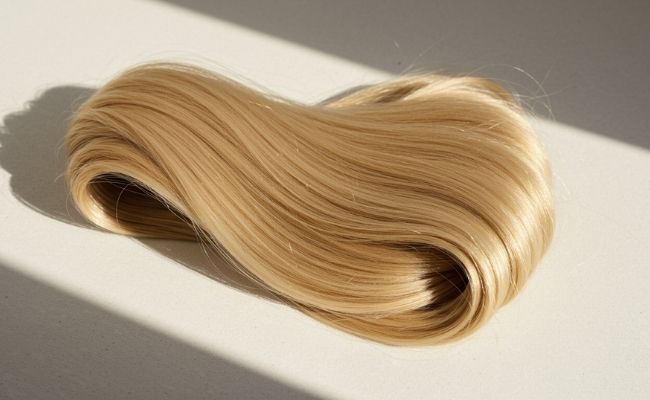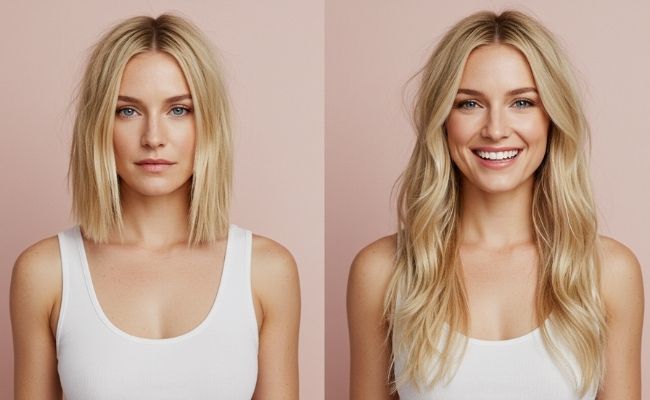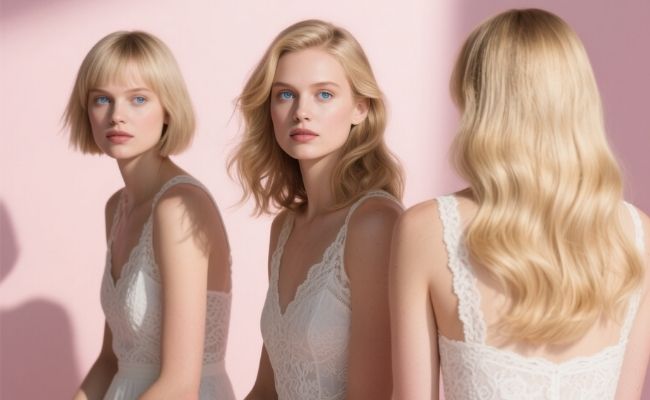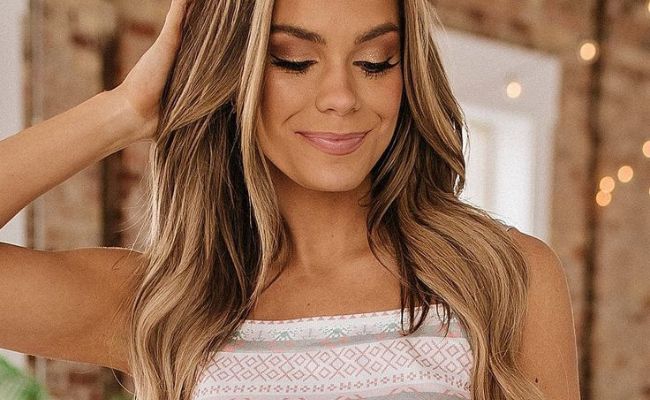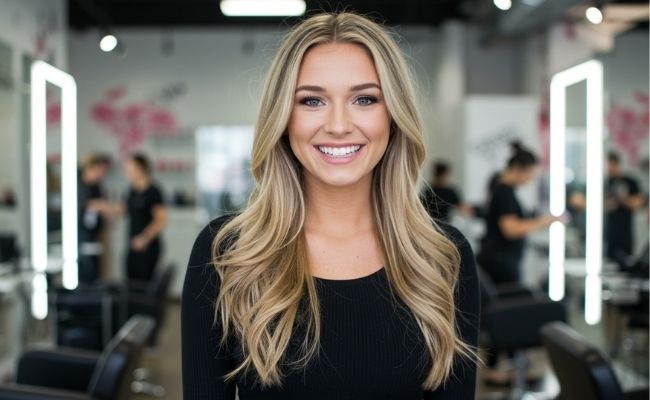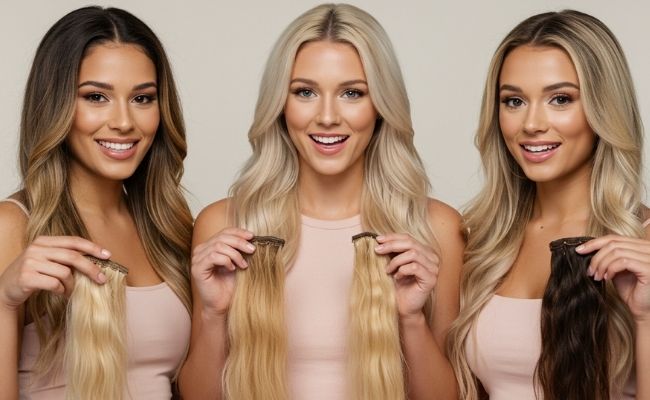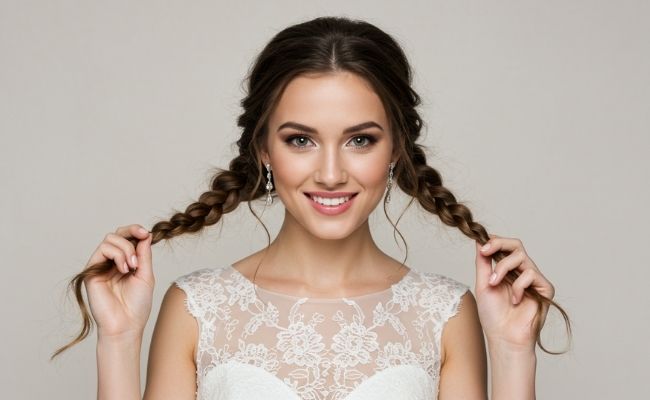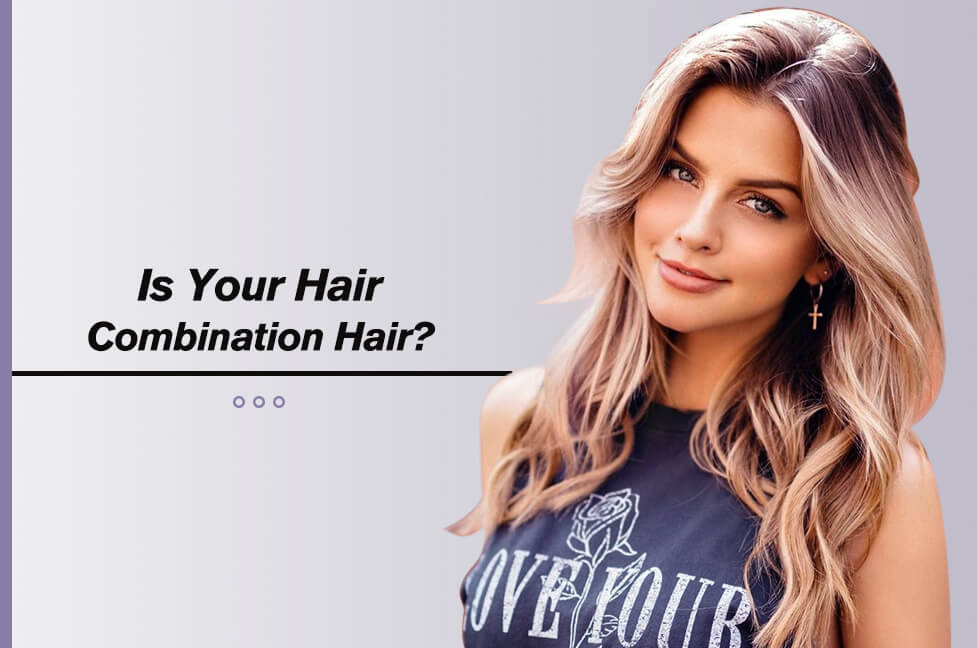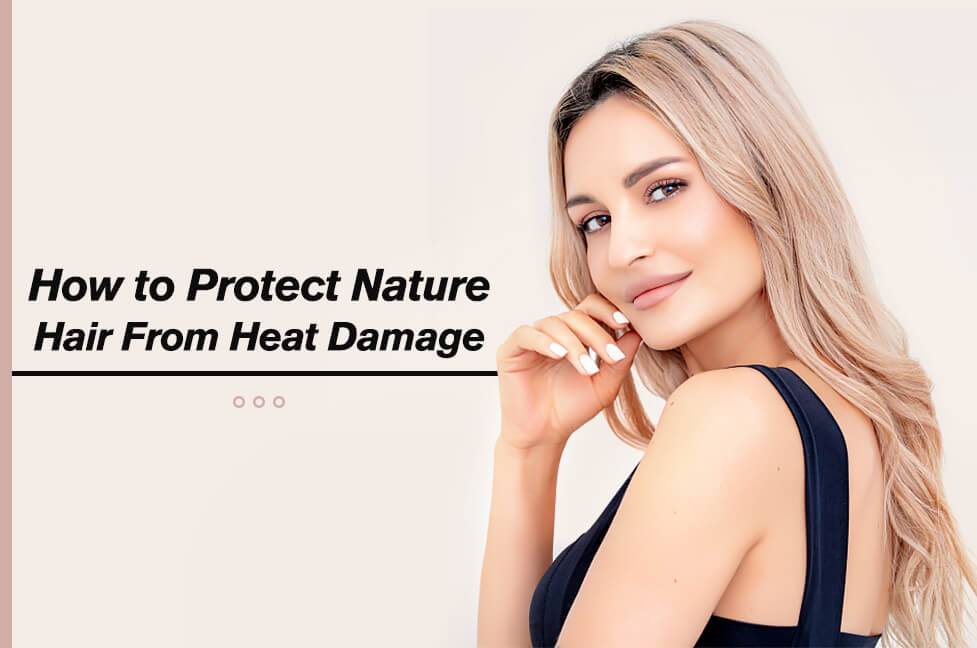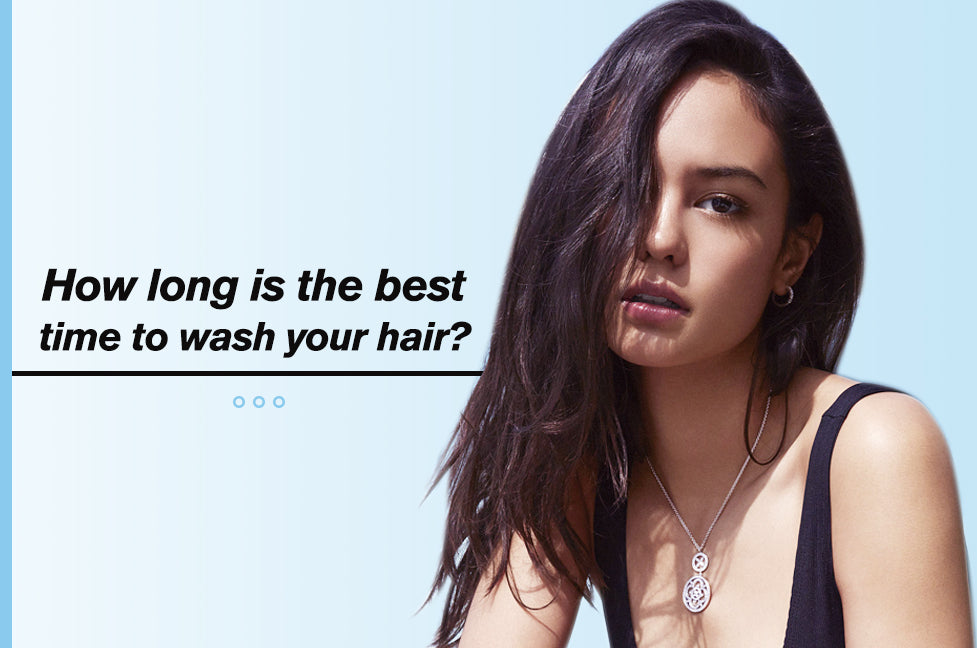Table of Contents
Did you know your scalp and hair are just as complex? Like your skin, hair can also be categorized as combination, with oily and dry zones occurring because of daily wear and tear from the environment, chemical treatments, and daily styling.
Combination hair has oily roots and dry lengths. People with combination hair overproduce oils on the scalp, and the oils do not get distributed through the hair shaft to the ends. So, we see hair with oily scalps and dry, brittle ends.
We hope to help you better identify the signs of combination hair and how to take the guesswork out of your routines for better hair days.
What Causes Combination Hair?
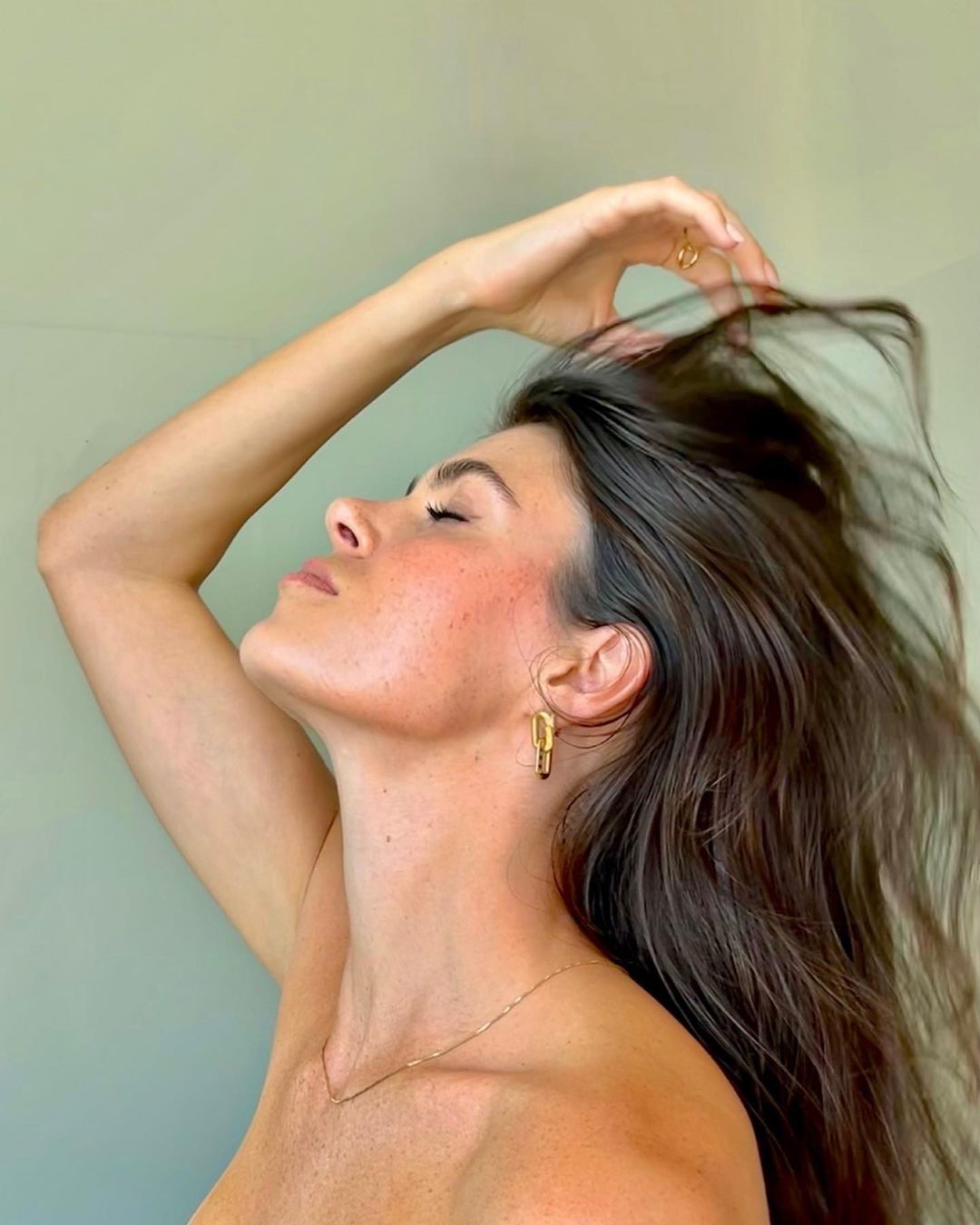
Multiple factors cause combination hair with your scalp type playing the most critical role. Your scalp is one of the most sebaceous areas of skin on your body, and everyone's is unique. Some scalps are naturally more sensitive and reactive than others, and one's scalp condition can fluctuate depending on the weather, seasons, diet, menstrual cycle, and stress levels. Ultimately, anyone can have combination hair despite their hair texture.
What Hair Types Are Most Likely to be Considered Combination?

Fine, thick, curly, and straight hair can all be classified as combination, but it's the most prevalent in fine, long hair since they are most likely to have oily scalps. People with fine hair have more oil glands on their scalp than coarser hair types, so the roots are also likely to get oily. The longer your hair is, the more likely your ends will be dry because they are older and more weathered.
Curly hair textures are also susceptible to being combination in nature. Those with oily scalps and curly, long hair produce sebum which can’t travel down the curly hair shaft. As a result, this hair type is usually left with a greasy scalp and dehydrated ends.
How to Care for Combination Hair
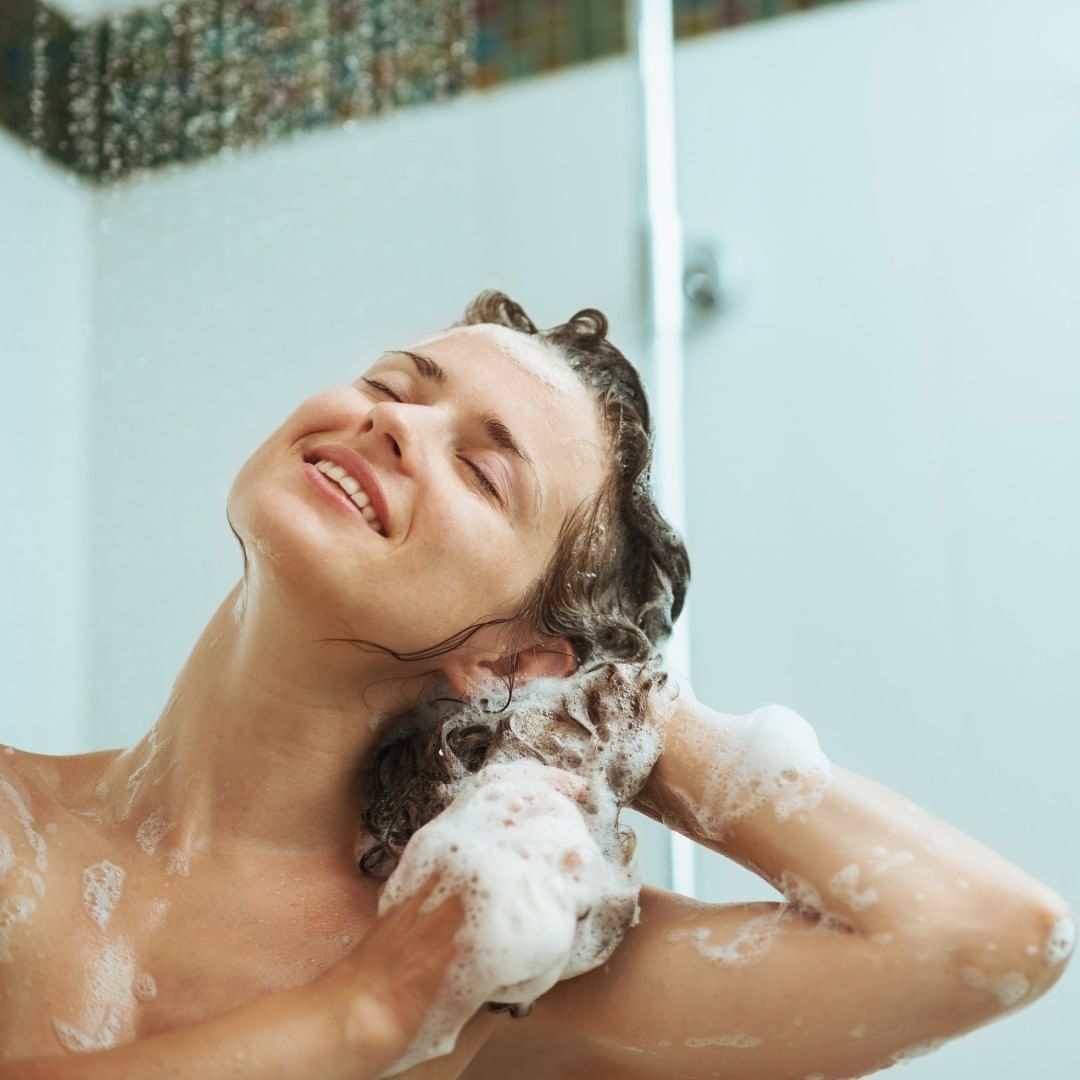
01. Stop over-washing
When it comes to combination hair, experts say its better to stay away from overwashing, which may cause the scalp to create more sebum by overproducing oils since their being stripped away. Over-washing can leave you with an oily scalp and dry lengths. Don't wash more than once a day.
Finding balance is the goal when dealing with combination hair. People with thin, straight or wavy combination hair wash their hair once a day—like the skin on your face, which benefits from daily cleansing. To use a shampoo suitable for your hair texture and treat dry ends with an intensive pre-shampoo conditioning treatment.
For curly hair textures, you might shampoo less frequently, or prefer how your hair looks between shampoos. In this case, you can focuse on your scalp health when wash day rolls around. Don’t leave more than three days between cleansing your scalp.
02. Pick the right shampoo and conditioner
Curating a routine for your combination hair doesn't have to be complicated. The main goal should be to cleanse oily areas while hydrating drier parts. The best way to achieve this is to pick a proper shampoo and conditioner. If your scalp is oily, stay away from over-hydrating hair products because they can increase product buildup. Dry scalps should also avoid heavy formulas that'll coat the ends and leave them greasy. Instead, for an oily scalp and dry ends, a light shampoo and hydrating conditioner only on the lengths and ends will be helpful. You can reverse that approach when dealing with dry scalp and balanced ends, by using a hydrating shampoo to treat the scalp and a lightweight conditioner on lengths and ends. Some clarifying shampoos might work wonders for oily scalps, but might be too drying for combination scalps.
03. Don't forget to brush
Combination hair typically needs moisture from mid-lengths to ends. Combing your conditioner through wet hair is the easiest way to distribute hydration that won't weigh down your hair. Straight hair can brush in the morning to help redistribute oils, but curly hair should never dry brush as this causes further breakage and damage.
04. Use hot tools sparingly
If you have combination hair, you should use hot tools sparingly to avoid stripping your scalp and ends. You'd better not use hot tools without a protective spray. Don't use hot tools every time you wash your hair because the daily shampooing followed by heat styling further exacerbates combination hair by drying and weakening your mid-lengths and ends.
